I have a new favourite cleaning product: soapnuts. While I still love vinegar and baking soda, soapnuts have become a great addition. They replace my dishwashing liquid, my washing powder, and I’ve added some to my vinegar spray bottle. I love those nuts and thought it was time to write some more about them.
What are soapnuts
Soapnuts are little berries which grow in the warm and tropical regions of the world. There are many different species of soapnut trees but they all have in common that they produce little berries which contain saponins. Soapnuts have been used for millennia by people in Asia and Native America as a soap. Only recently have they become known in the Western world.
Soapnuts are little round (for lack of a better word) ‘balls’ which look somewhat shrivelled on the outside. They smell nutty and sometimes come with a black seed inside. They also seem a little sticky and will get stickier the more contact they have with humidity and water. When the nuts are broken up and submerged in water, little bubbles will form on the broken edges. These bubbles are what you are looking for, the soap.
I first came across soapnuts at a fairtrade store I worked at. They were sold as alternatives to washing powder. Since I’m naturally curious I got myself a bag and used it for a couple of months until I ran out. Since then I haven’t really used them again.
The reason I came back to soapnuts is that they are compostable. Once used up you can discard the shells in your compost. And the water containing any soap residue is environmentally benign.
How to use soapnuts
There are two ways to use soapnuts – as a whole or as a liquid. As a whole, I use the nuts instead of washing powder in my machine. The liquid is for dishes and my all-purpose cleaner.
In the washing machine
The easiest way to use soapnuts is in the washing machine. When I ordered my current supply I also got a small cotton bag with a tie. Into that little bag, I put around 4 to 5 nuts per load of washing, tie a know into the string and throw it in the machine. I usually make sure that the nuts are somewhat broken up and don’t remain in one large lump. My current supply already comes a little broken up and without the seeds, so it’s fairly easy to use. If they were still whole I would break them up with my hands or feet.
One small sack of nuts in the washing machine lasts about two to three washes, depending on your load and water hardness. I usually check between washes. If the shells look grey and are brittle I know they are done and I need to replace them. As I said, the empty shells can go in the compost.
For dishes
To use soapnuts as a liquid I have to boil them. For that I put between 15 and 20 nuts in a pot, cover them with water and let it simmer. I have to keep an eye on the pot and replenish the water a few times.
Just a caution note at this point: the nuts can burn as well and it’s not pretty. And while I’m at caution notices, my husband also claims that the smell from boiling the nuts makes him nauseous.
The liquid is finished when the shells are grey and the water is dark brown. Depending on the amount of water in the pot, the colour can vary but should be a shade of darker brown. For further instructions, you can also check this post.
Once boiled I fill my liquid into a clean soap dispenser. On the countertop, the liquid lasts about a week, longer in the fridge or freezer. But, I’ve never had the liquid go off either. The reason is probably that you need to use a fair amount in a sink of dishes to get good cleaning powers.
For everything else
While I use the liquid like normal detergent I also squirt some into my vinegar cleaner. At the moment I use around 2 tablespoons in 500ml of vinegar. This quantity can probably be increased but it works well for me.
You can also use the liquid in the washing machine (instead of the solid nuts), or as glass cleaner, shampoo, body wash, for your pets, and even for the car. I haven’t tried these uses but I’m sure they work fine.
Soapnuts are a great and cost-effective alternative to normal washing powder and dishwashing liquid. I like them because they are natural, sustainable, and compostable. And above all, they are non-toxic (although you shouldn’t eat them).
Where to buy soapnuts
Buying soapnuts can be a bit tricky, especially if you’re looking for fairtrade and organic nuts.
I got mine online but you can also check local stores like fairtrade, bulk food, and organic stores.
When you get them, don’t be put off by the plastic wrapping. Although it’s not great, the plastic is necessary so the nuts stay separate. As I said above, any humidity will get the nuts to clump together. And once they are stuck, you won’t get them apart easily.
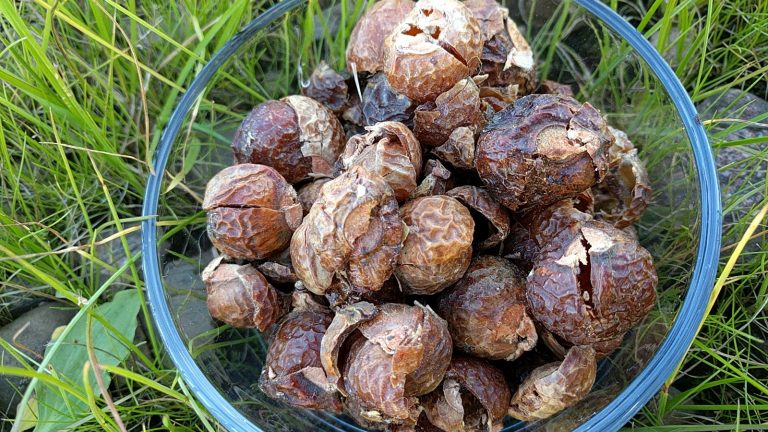
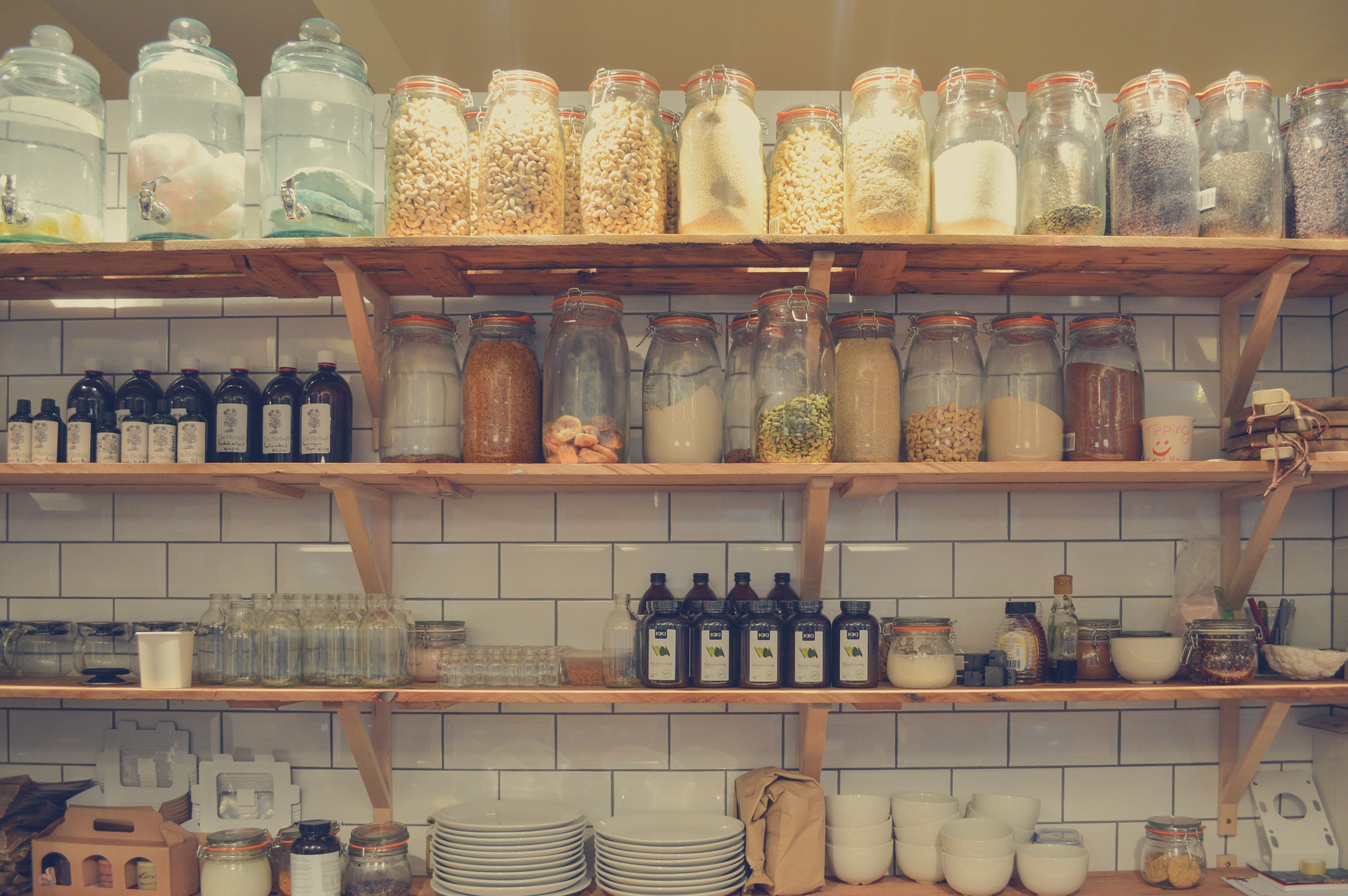
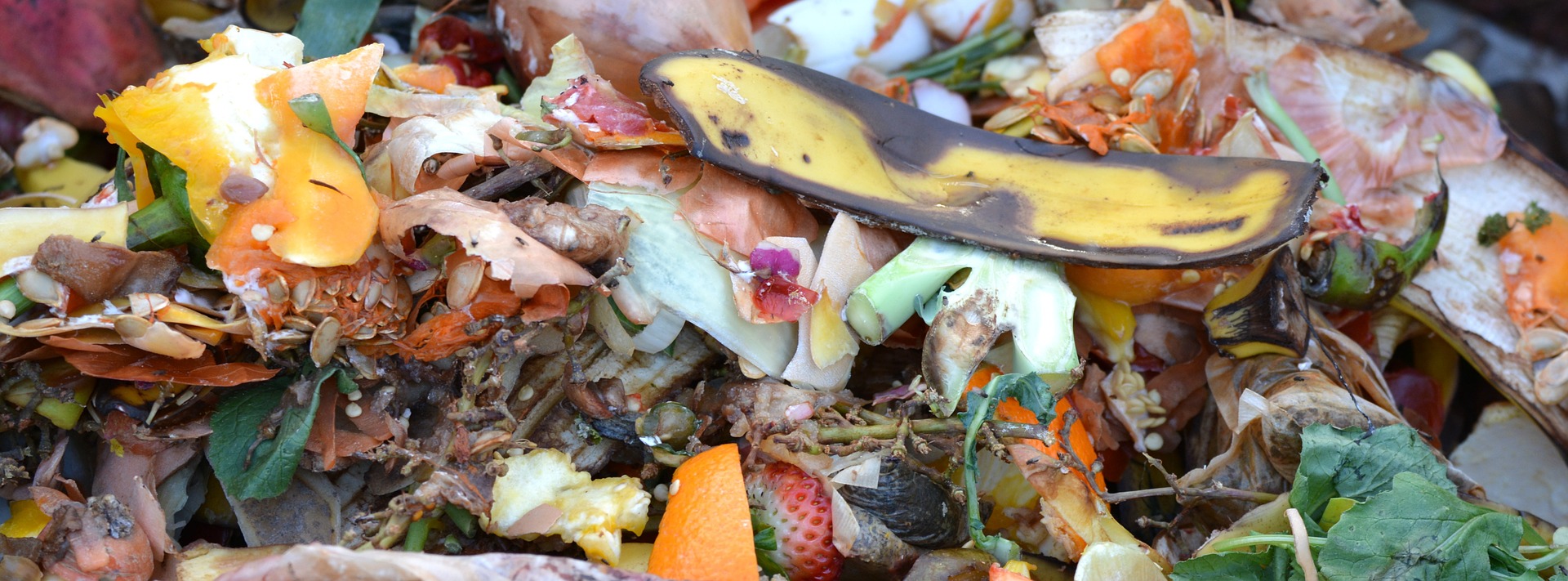
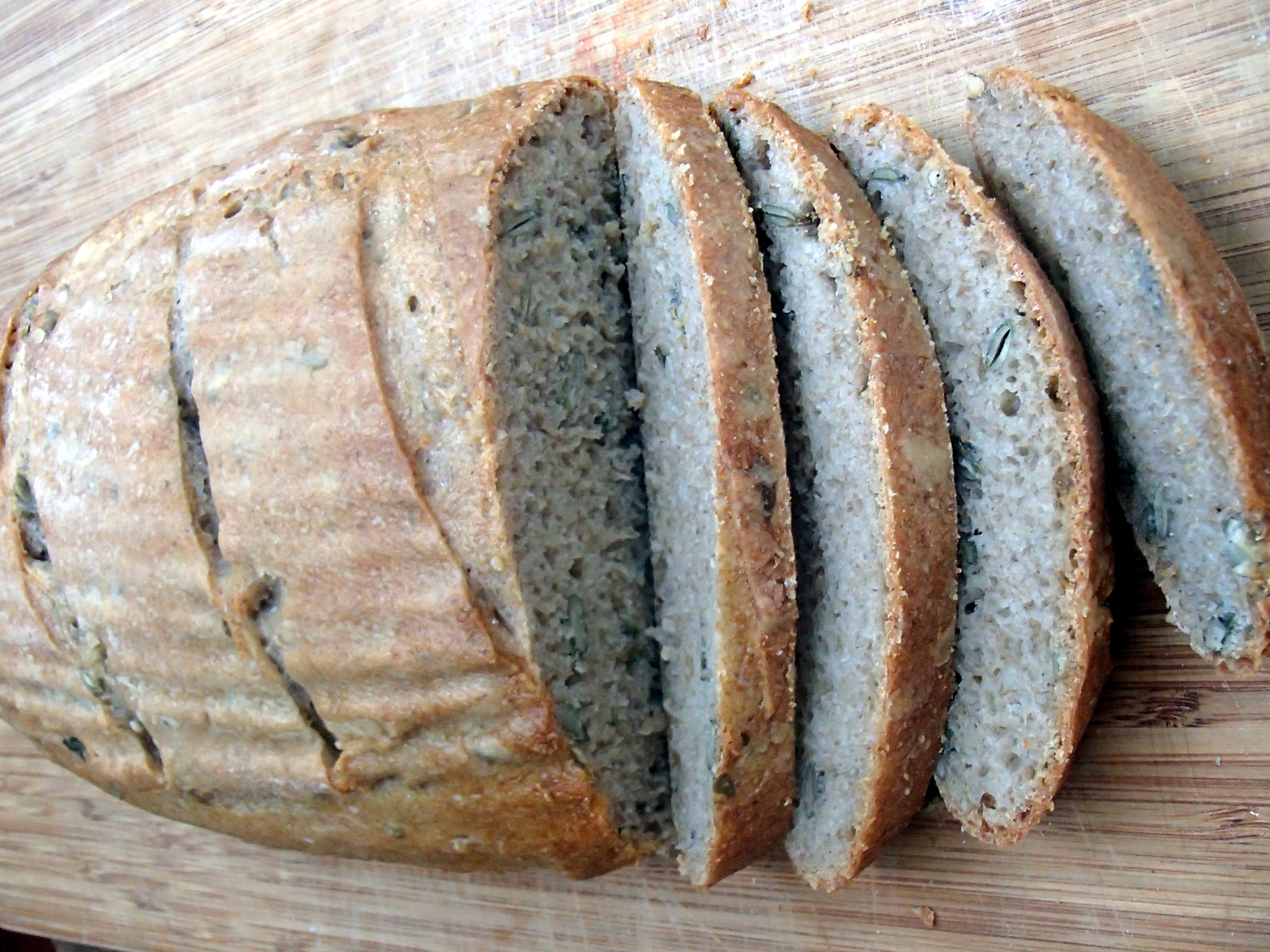
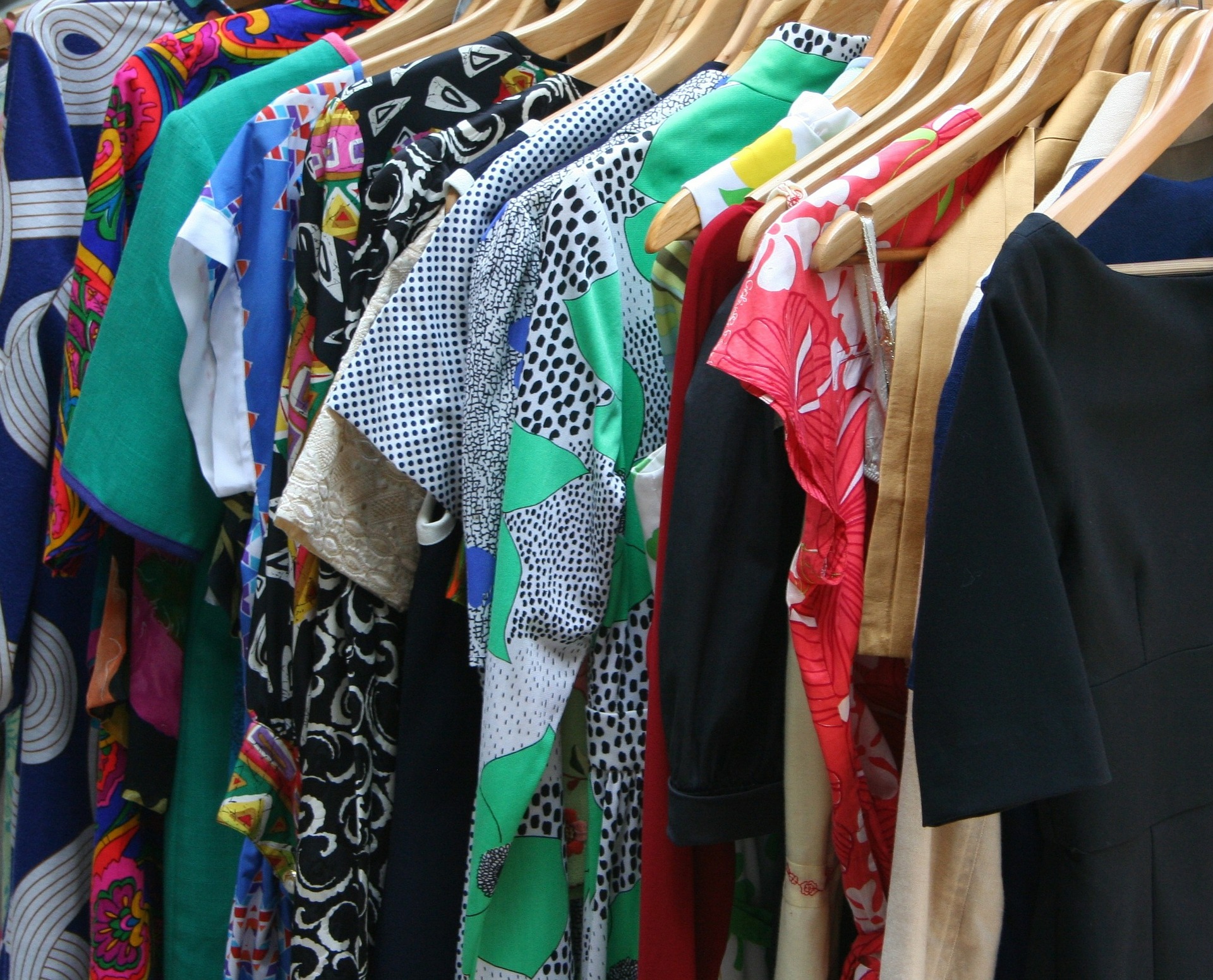
Waschnüsse finde ich grundsätzlich toll. Die Wäsche wird toll sauber und riecht gut.
A B E R
da diese Waschnüsse aus Asien (Indien) kommen, sollten wir die Waschnüsse in Europa bzw. in der reichen westlichen Welt N I C H T verwenden, denn durch unseren Verbrauch steigen in Asien (Indien) die Preise und die Einheimischen können sich die Waschnüsse schon jetzt nicht mehr leisten – das ist m. E. moderne Kolonialisation. Außerdem müssen sie einen langen, nicht nachhaltigen Weg zu uns zurücklegen.
Wir sollten heimische, hier wachsende Rohstoffe nutzen. Die funktionieren genauso gut: Kastanien lassen sich ähnlich wie Waschnüsse nutzen. Nur muss vorher ein Auszug hergestellt werden. Schont die armen Länder und bei uns verbreitet sich hoffentlich ein anderes Bewusstsein, dass wir andere Länder nicht “be”nutzen müssen 😉
https://experimentselbstversorgung.net/auf-zum-waschmittel-sammeln/
und
https://www.frag-mutti.de/waesche-waschen-mit-kastanien-a43438/
Falls der Link nicht funktioniert, “Kastanien zum Wäsche waschen” in die Suchmaschine eingeben (die Suchmaschine “DuckDuckgo” “verfolgt” nicht).
Thank you so much for your comment!
For everyone who’s not fluent in German, a quick summary: Soap nuts, albeit being great, can cause substantial negative effects in Asia, India in particular. There are even reports that locals cannot afford them anymore because the nuts are sold in Western countries with a higher margin. You could call this development a modern colonisation. Plus, they have to travel far.
So, instead of using soap nuts, you can also use local resources like chestnuts. They can be used like soap nuts.
Thank you, Ariane for this awesome idea!!! I hadn’t heard of chestnuts for soap before and will definitely give it a try. I will keep you posted on my attempts 🙂